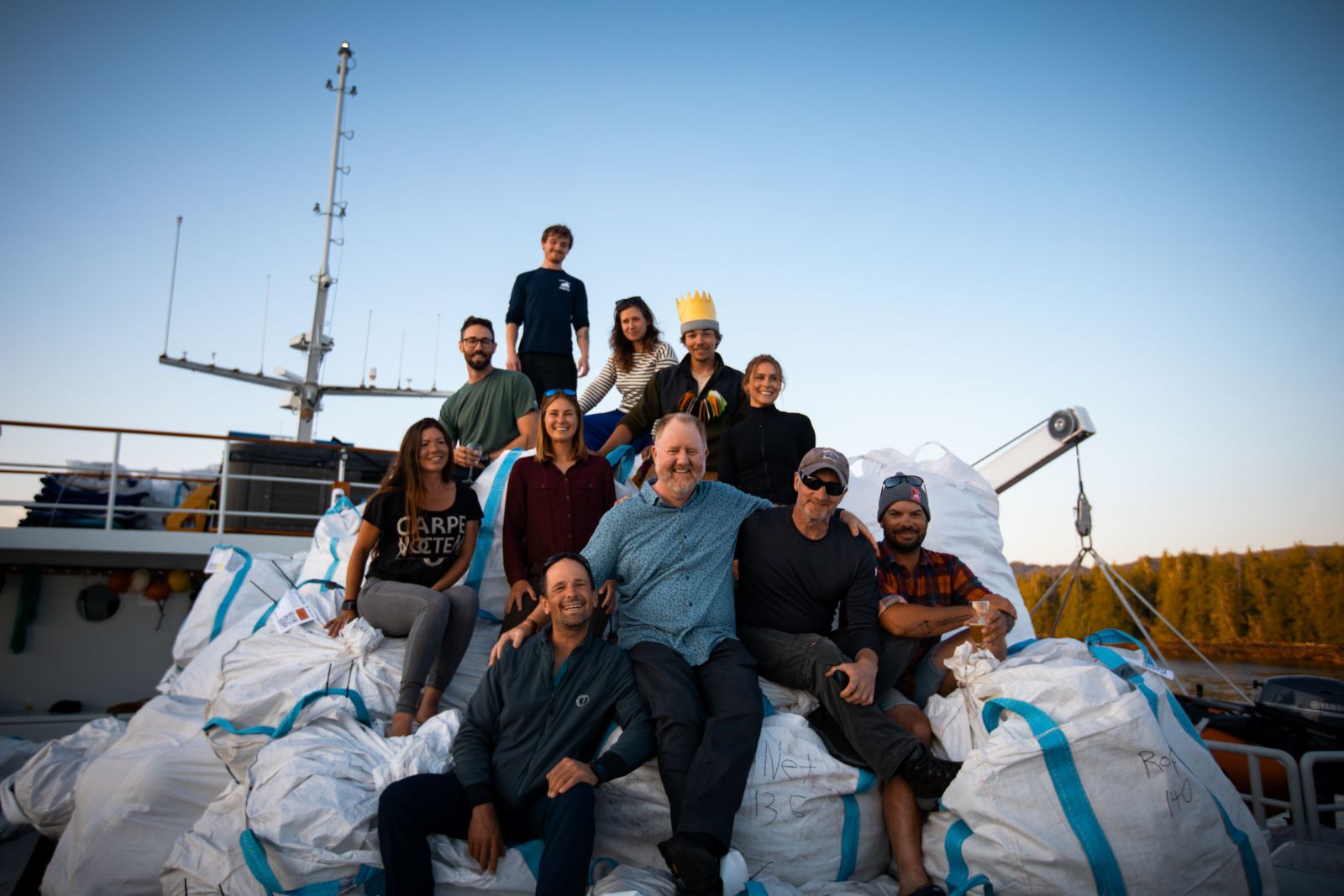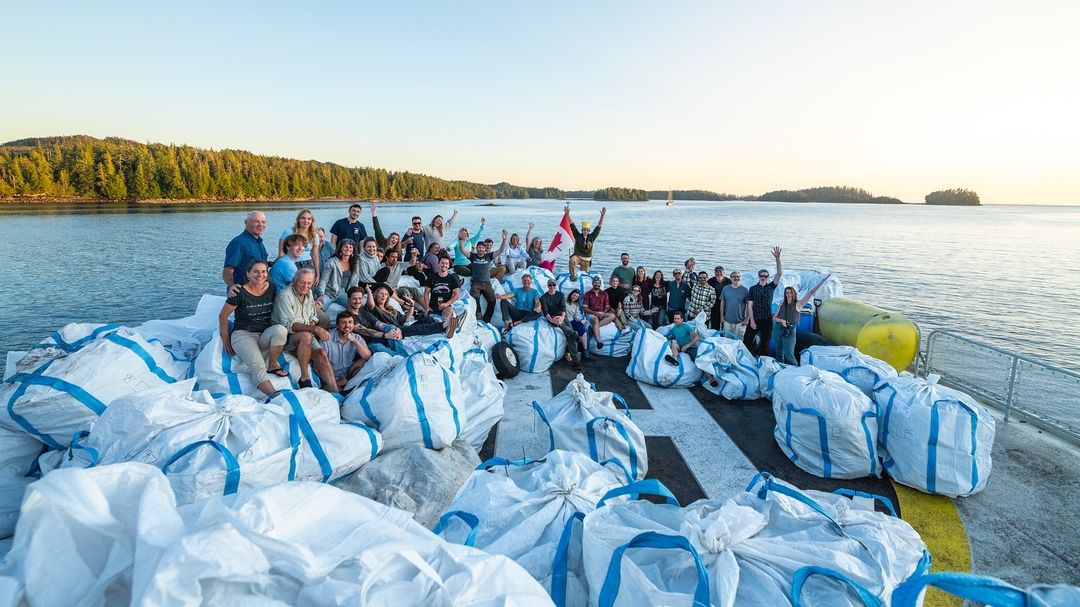It is a milestone for many people, including me: the finalization of the Great Bear Rainforest agreement was announced this month.
The agreement enshrines protection for forest land and ecosystems in the 6.4 million hectare Great Bear Rainforest, on the central and north coast of BC, Canada.
What does it mean?
Some people have asked me about this month’s announcement and what it means. Needless to say, it’s not as simple as the government’s messaging lines make it seem.
As I say in my short letter to the editor below, the GBR negotiators did well to get what they did against a backdrop of the old guard of bureaucrats and entrenched old-style forest policy.
The forest campaigns, coast information team, first nations and conservation leadership all worked hard to get us to a new paradigm of ecosystem based management forestry, and a shift from 9% protected to 85%.
We have a new plan now where enough habitat is protected to support wildlife and the conservation economy; we will continue to work to end the sport hunt of bears so as to give us the certainty we and the bears need, among other efforts.
Below are some additional perspectives on the agreement for you, including mine.
Sincerely,
Kevin Smith, president of Maple Leaf Adventures
1) Capt. Kevin Smith’s reflections on the agreement, in a letter to a BC newspaper:
Rainforest agreement an important starting point
Congratulations to everyone involved in the Great Bear Rainforest agreement.
The completed agreement provides a starting point for the emerging conservation economy, and, when the bear hunt is finally ended, certainty for the future of our eco-tourism industry. This industry is non-extractive, low-impact and high value to B.C.
While all British Columbians should take pride in this first step, we must also be mindful that the Great Bear Rainforest will not be saved until the bears are protected from all hunting. Remember, too, that the land and sea are connected, so the area still needs a comprehensive marine area plan, including marine conservation areas, a moratorium on tanker traffic, a ban on open-net-pen salmon farms and the protection of fish stocks.
The land-use consensus was reached among a large list of stakeholders, not just the governments (B.C. and First Nations), logging companies and environmental NGOs covered in the news, but also the constituencies of outdoor recreation, tourism, fishing, labour and local communities. There were often 30 of us around the negotiating table during the five years it took to reach the agreement’s first stage.
Also to be thanked were the people not at the table but inspiring and educating the world about the Great Bear and the need to protect this world-class area. In the end, and against great odds, negotiators did well to get what they did.
We still have important work to do. But congratulations are due to everyone who persevered and made the agreement a reality.
Kevin Smith
2) A very good article about the actual, consensus-based negotiating process – a transformative experience for everyone involved.
To really get a sense of what these negotiations are like, please have a read and/or watch the video. It’s an interview of Jody Holmes, who I worked alongside for 5 years as part of this process, and who I have enormous respect for. Her story is deeply personal then it gets into the actual negotiation that I think is really interesting for people to know.
3) This page by Sierra Club, who was involved from the beginning, explains the benefits in a quick, easy-to-read format.
4) This page by the Nanwakolas Council, explains the context and importance of the land use agreement to the process of land claims and governance for First Nations members in the southern Great Bear Rainforest.
5) This piece is written by a party who chose not to participate in the land use negotiation process but has a role as a committed activist, photographer and author, Ian McAllister of Pacific Wild. I believe this is also an important role when such a process is going on.
6) An op-ed by Raincoast and a member of the Coastal First Nations correcting the incorrect announcement by the BC Government officials that the trophy hunt was over with this agreement:
6) This piece is for those interested in the details of ecosystem based management (EBM), which is the different approach to logging that will take place in some areas of the region.
About Kevin Smith
Kevin Smith is the president and ceo of Maple Leaf Adventures, an eco-tourism company that has been developing conservation-based travel on the BC and Alaska coast since 1986. Kevin is also one of Maple Leaf’s expedition leaders and captains. To learn more about our boutique expeditions in the Great Bear Rainforest, Haida Gwaii and other parts of the coast, please visit www.MapleLeafAdventures.com



